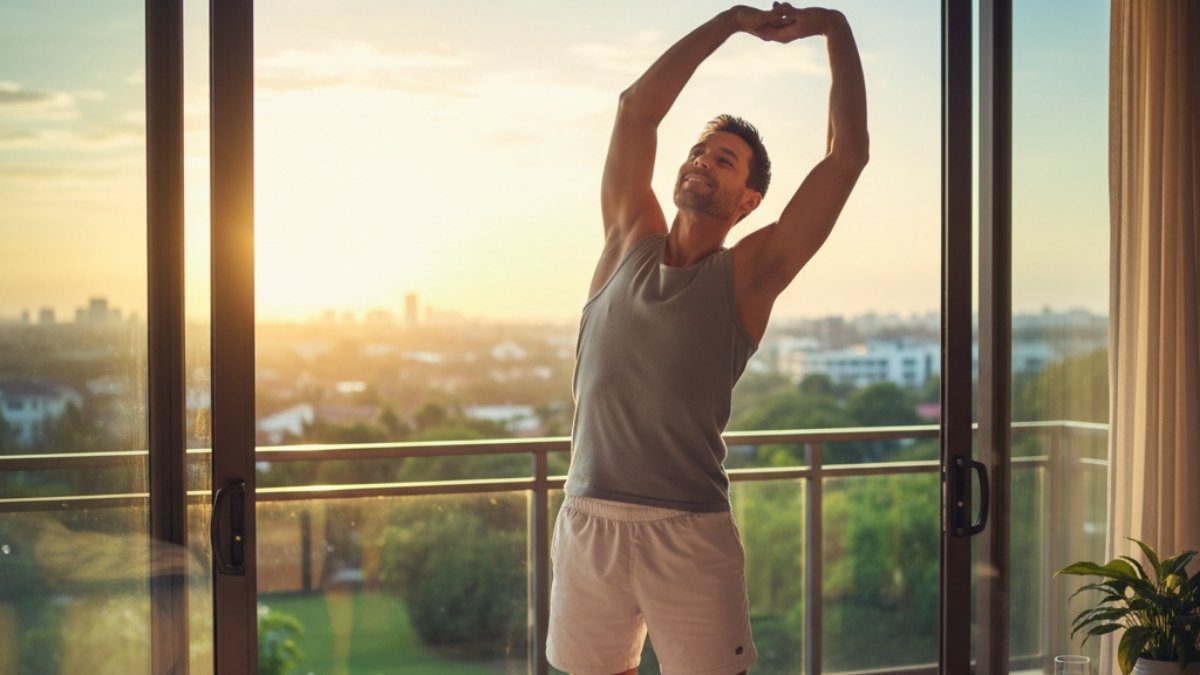
You’re hitting the gym, trying to eat clean, pushing through your workday. But you’re still dragging. That get-up-and-go you used to have? It’s just… gone. You feel like you’re running on fumes, and no amount of coffee seems to touch the sides. It’s frustrating. It feels like something is fundamentally off, but you can’t quite put your finger on it.
Well, what if I told you the answer isn’t in another workout plan or a stricter diet? What if the most powerful lever you can pull for your energy, drive, and hormonal health is something you’re probably neglecting every single day? I’m talking about sleep.
And I don’t mean that in a vague, “you should get more rest” kind of way. I mean that sleep is an active, powerful, hormone-generating process. And when we shortchange it, the consequences are immediate and severe.
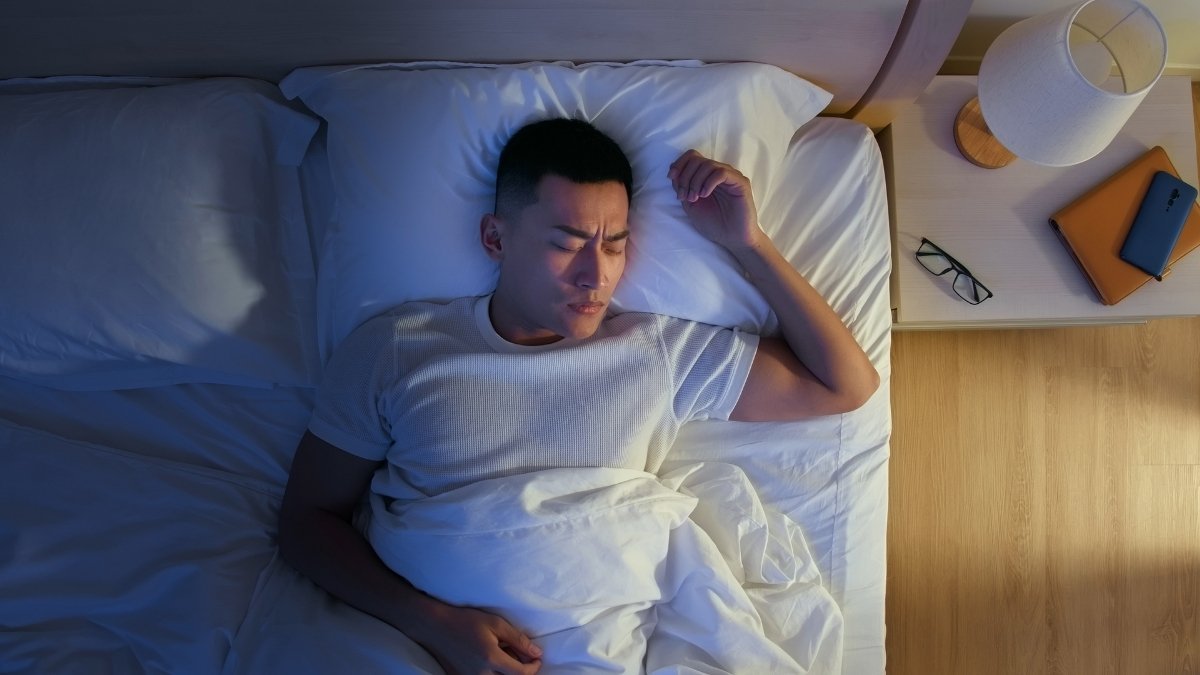
Here’s the part that should make you sit up straight. A groundbreaking study from the University of Chicago took a group of healthy young men and restricted their sleep to just five hours a night for a single week. The result? Their daytime testosterone levels plummeted by 10% to 15%. Let that sink in. To put it in perspective, men naturally lose about 1% to 2% of their testosterone per year after age 30. This means one week of bad sleep can hormonally age you 10 to 15 years.
Suddenly, trying to boost your T-levels at the gym while only getting five hours of sleep seems a bit like trying to fill a bucket with a hole in the bottom. You’re working hard, but you’re leaking vitality every single night.
And it gets worse. This isn’t a one-way street. Poor sleep tanks your testosterone, but low testosterone also wrecks your sleep, often causing issues like insomnia. It’s a vicious cycle that spirals you down into a state of constant fatigue and low drive. But here’s the good news: you can break the cycle. This isn’t about some complicated bio-hack. It’s about understanding the simple science of how your body works and giving it what it needs to thrive.
What’s Actually Happening While You Sleep: Your Body’s Hormone Factory
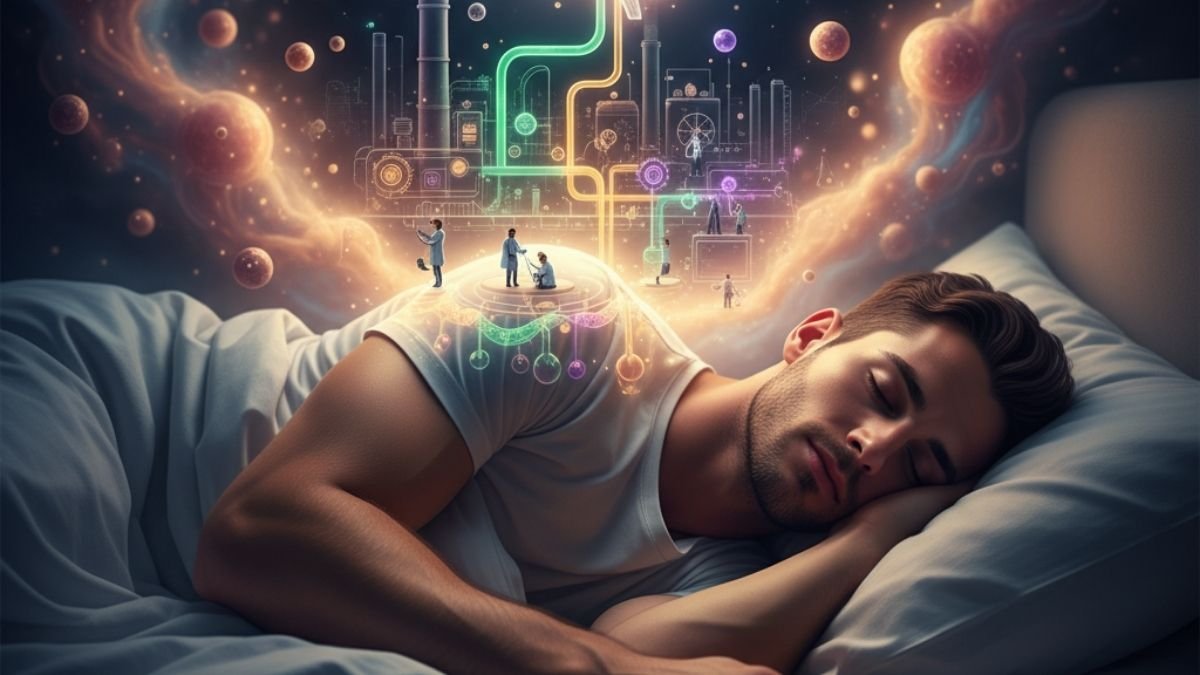
Okay, so why is sleep so critical? Because your body’s testosterone production isn’t random. It’s a finely tuned, top-down command system that does its absolute best work while you’re dead to the world.
Think of it this way:
- The CEO (Your Hypothalamus): Deep in your brain, the CEO decides it’s time to get things started. It sends out an order in the form of a hormone called Gonadotropin-Releasing Hormone ($GnRH$).
- The Manager (Your Pituitary Gland): This manager gets the order from the CEO and sends out its own directive, a hormone called Luteinizing Hormone ($LH$), into your bloodstream.
- The Factory Floor (Your Testes): The $LH$ travels down to the factory floor. Its arrival is the signal for the workers—specialized cells called Leydig cells—to start the production line and roll out fresh testosterone.
This entire, elegant process is most active and synchronized when you’re asleep. The quiet, restorative state of sleep is the perfect environment for the factory to run at peak capacity without interruptions.
The Golden Hours of Sleep
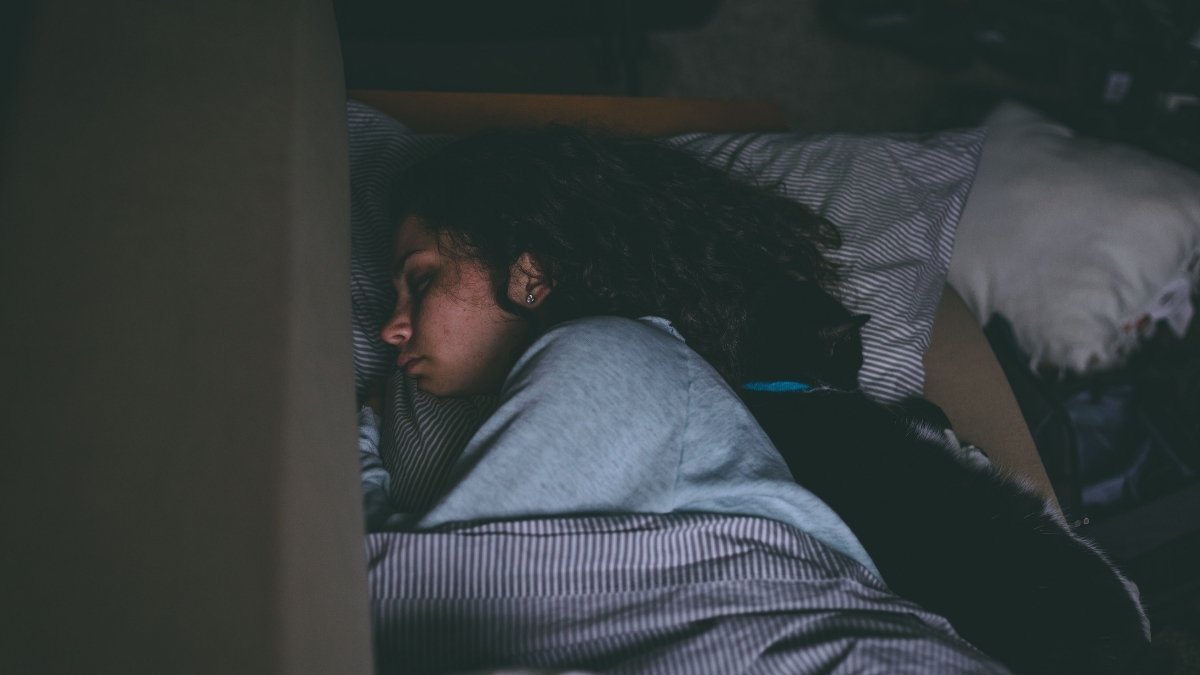
But here’s the catch: not all sleep is created equal. Your body does its most important hormonal work during specific stages of the night.
- Deep Sleep (or Slow-Wave Sleep): This is the physically restorative stage. Your brainwaves slow right down, and your body gets to work repairing tissues and secreting growth hormone and testosterone. Think of this as the main assembly line.
- REM Sleep: This is the mentally active stage where you dream. Testosterone production kicks into high gear right around the first REM cycle, which is about 90 minutes after you fall asleep.
This is why uninterrupted sleep is the name of the game. Every time you wake up, even for a few seconds, you don’t remember, you risk pulling yourself out of these crucial stages. It’s like someone keeps hitting the emergency stop button on the assembly line. The work never gets done. This is exactly why conditions like sleep apnea, which can cause hundreds of micro-awakenings per night, are so devastating for testosterone levels.
And one last thing: it’s the act of sleeping that triggers this process, not the time on the clock. If you’re a shift worker and sleep during the day, your testosterone surge will shift with you. The problem is, daytime sleep is often lighter and more easily disturbed, which can sabotage the whole operation.
The 9 Rules for Hormonally-Charged Sleep
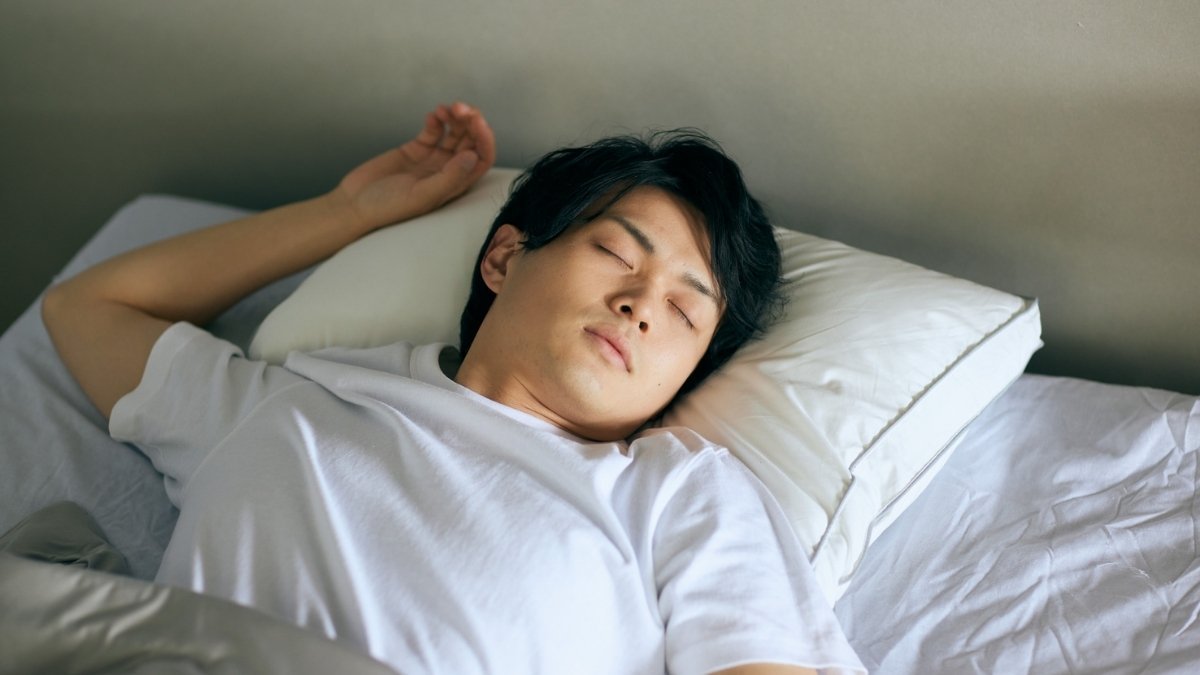
Alright, enough science. Let’s get practical. How do we actually do this? Here are nine simple, evidence-backed habits. Don’t try to do them all at once. Just read them, see what resonates, and maybe pick one or two to start with.
1. Lock In Your Body Clock
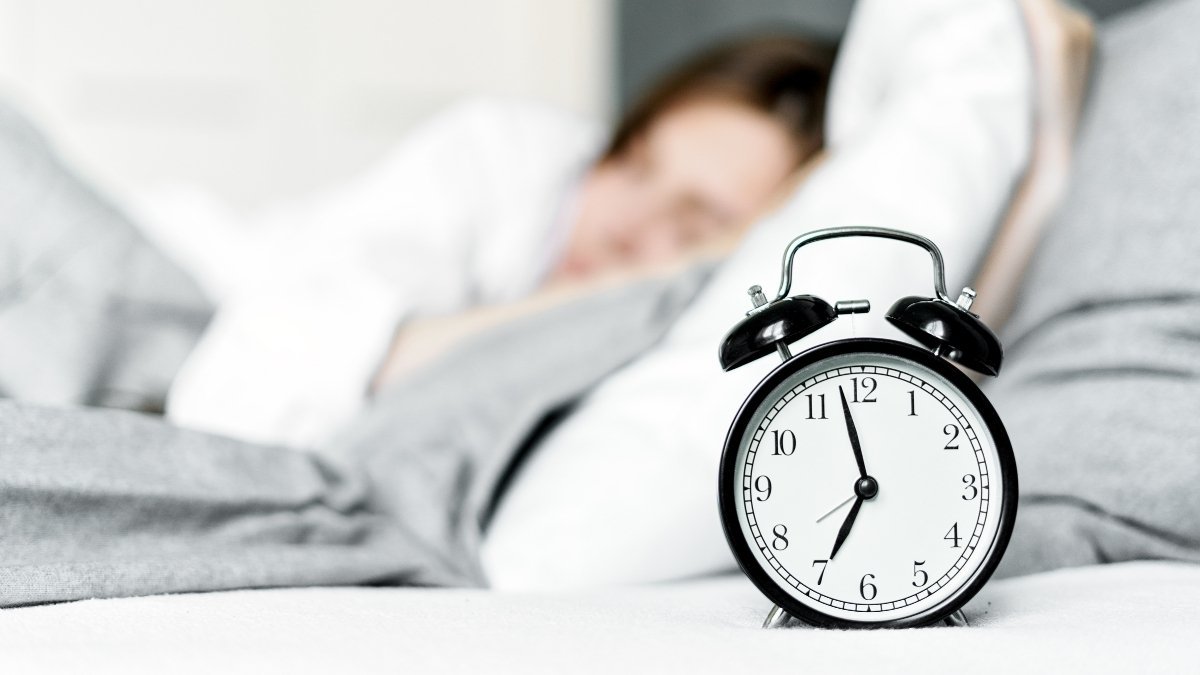
The Gist: Your body runs on an internal 24-hour clock called the circadian rhythm. This clock loves, and I mean loves, consistency. Going to bed and waking up at the same time every day—yes, even on weekends—is the single most powerful signal you can send to your body to regulate your hormones.
Your Move: Pick a wake-up time you can stick to, seven days a week. Even if you have a rough night, get up at that time. It anchors your entire rhythm.
2. Build Your Sleep Cave
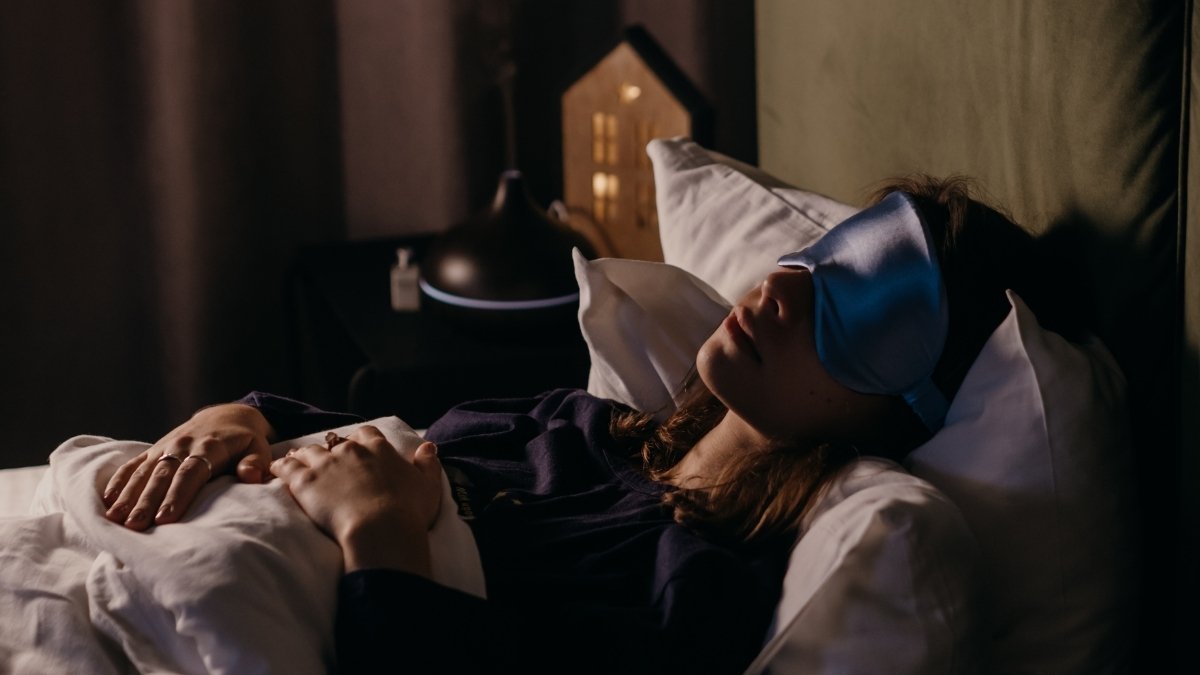
The Gist: Your bedroom environment sends powerful cues to your brain. To get the deepest sleep, you need to make it cool, dark, and quiet. A cooler room temperature (around 60-67°F or 15-19°C) helps your body’s core temperature drop, which is a trigger for sleep. Darkness tells your brain to produce melatonin, the “sleep hormone,” and quiet prevents those little micro-awakenings that kill your T-production.
Your Move: Use blackout curtains or a sleep mask. Grab some earplugs or a white noise machine. And turn that thermostat down. Think of it as creating the perfect cave for hibernation.
3. Get Some Sun on Your Face in the Morning
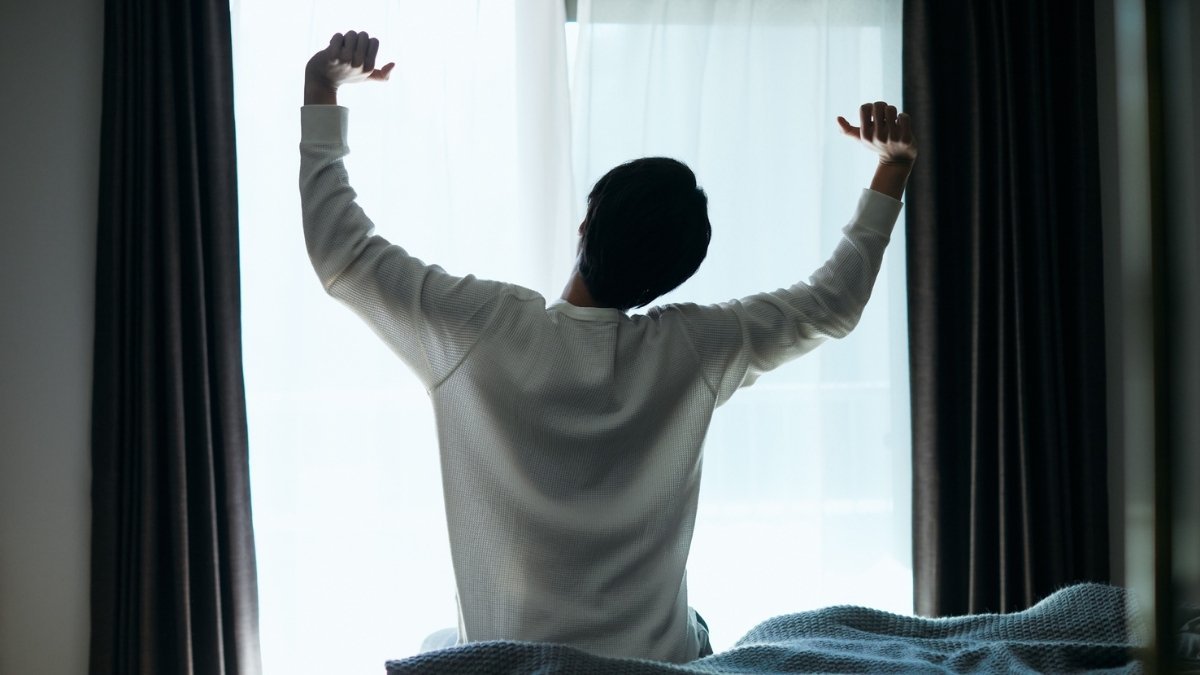
The Gist: Just as darkness is the signal for sleep, bright morning light is the signal to wake up and get going. Getting 5-10 minutes of direct sunlight within an hour of waking is like hitting the master “on” switch for your body clock. It sets a timer that will help you feel sleepy when you’re supposed to, about 12-14 hours later
Your Move: Step outside for a few minutes right after you wake up. Don’t wear sunglasses. Let the light hit your eyes. Can’t get outside? Sit by a bright window.
4. Have a “Digital Sunset”
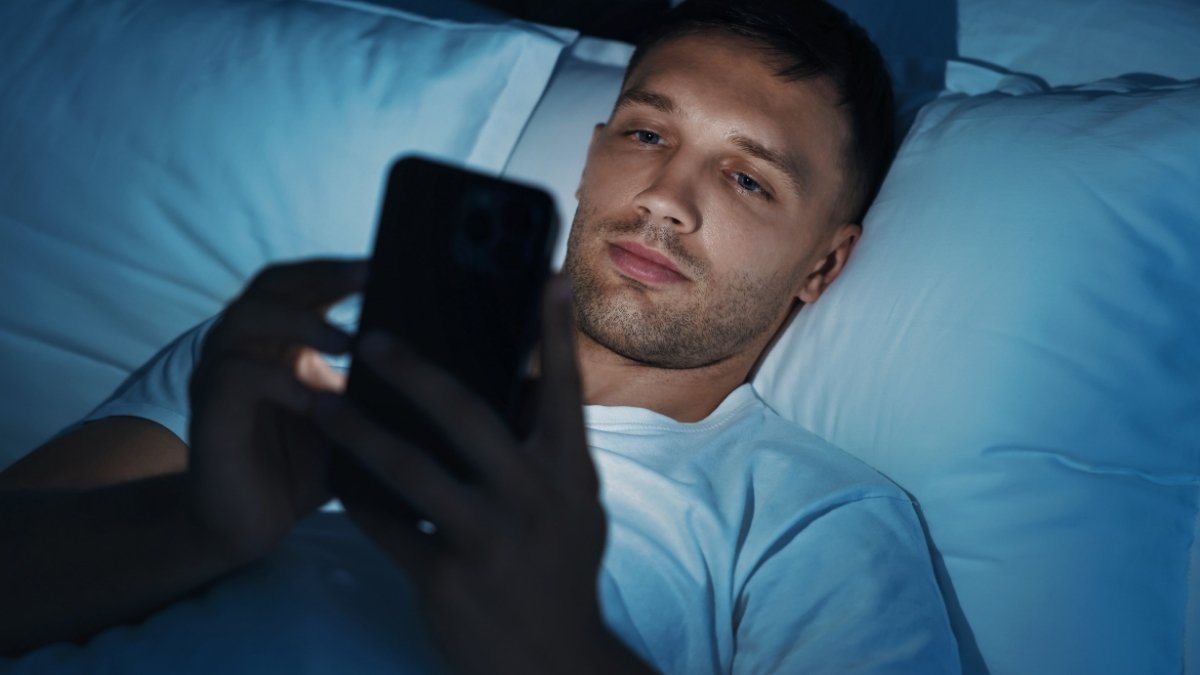
The Gist: The blue light from your phone, tablet, and TV is basically tricking your brain into thinking it’s still daytime. It slams the brakes on melatonin production, making it harder to fall asleep and reducing the quality of the sleep you do get.
Your Move: Put all screens away at least an hour before bed. No exceptions. Read a real book. Listen to some calm music. Talk to your partner. Let your brain wind down.
5. Time Your Workout Right
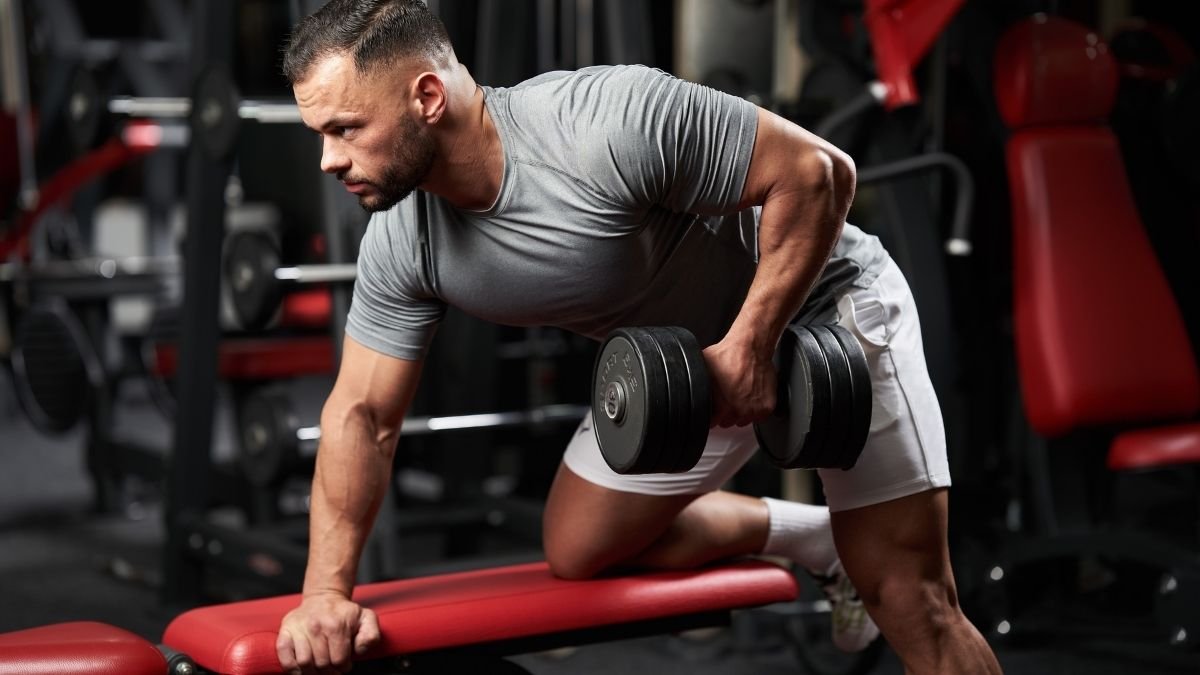
The Gist: Exercise is fantastic for sleep and testosterone, but timing is key. Your T-levels are naturally highest in the morning, making it a great time for a strength workout. But the most important rule is to avoid intense exercise within 2-3 hours of bedtime. It raises your core body temperature and stress hormones, which is the exact opposite of what you want before sleep.
Your Move: Finish your workout at least three hours before you plan to hit the hay.
6. Realize That Nightcap is a Trap
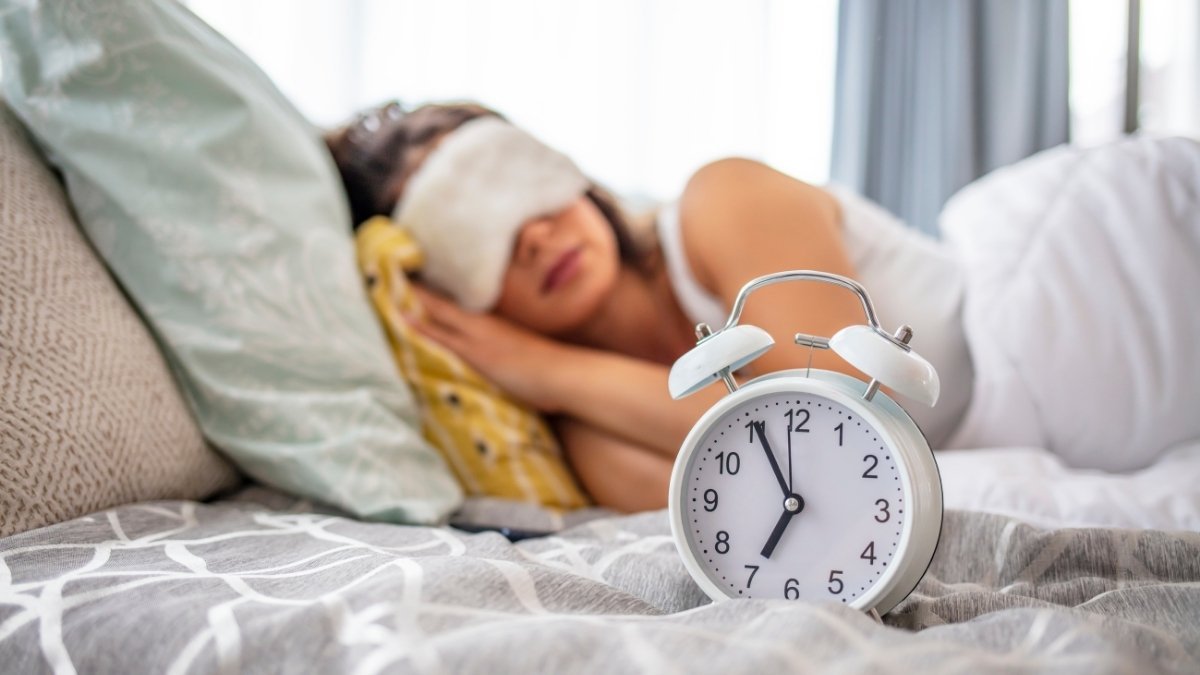
The Gist: “Alcohol and sleep are not friends,” says sleep medicine physician Dr. Abhinav Singh. It might make you feel drowsy and help you nod off, but it’s a saboteur. Alcohol wrecks your sleep architecture, especially suppressing that crucial REM sleep. As your body processes it, you get a “rebound” effect in the second half of the night, leading to lighter, fragmented sleep. On top of that, alcohol is directly toxic to the testosterone-producing cells in your testes and can increase the conversion of testosterone to estrogen. It’s a hormonal double-whammy.
Your Move: The best bet is to cut out alcohol, especially on weeknights. If you are going to have a drink, make sure you finish it at least three to four hours before bed.
7. Know Your Caffeine Curfew
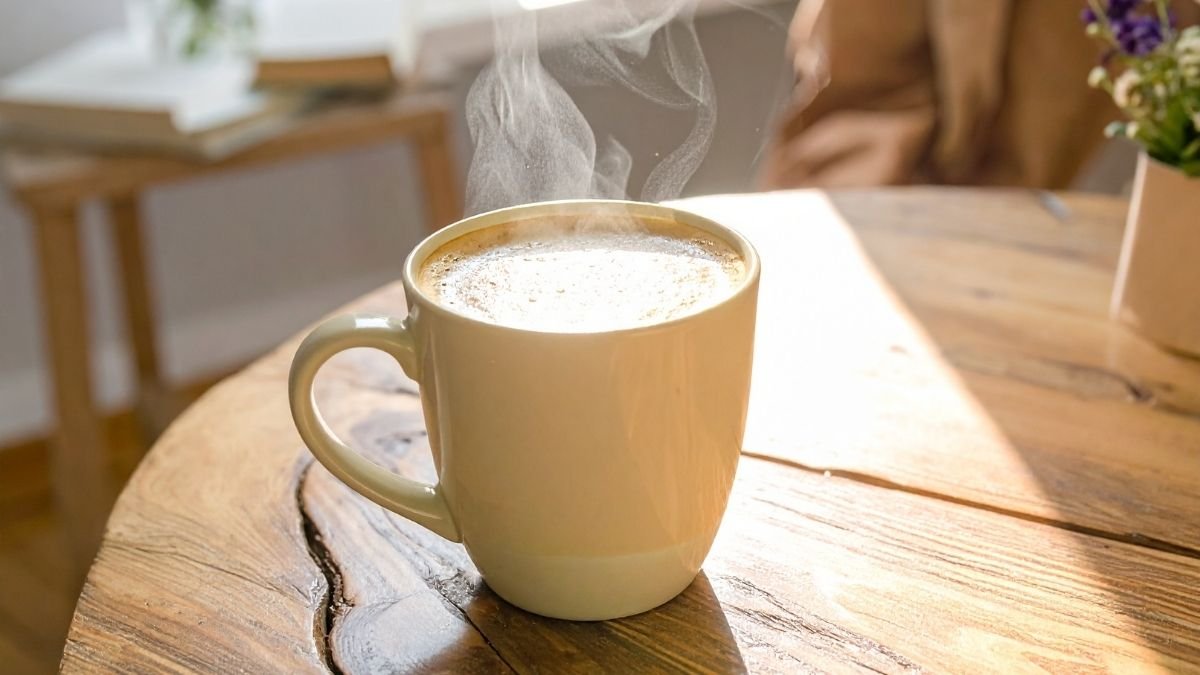
The Gist: Caffeine works by blocking a chemical in your brain called adenosine, which is what makes you feel sleepy. The problem is, caffeine has a long half-life. This means that the cup of coffee you had at 3 p.m. is still hanging around in your system when you’re trying to fall asleep at 11 p.m., making it harder to get into that deep, restorative sleep. As anti-aging specialist Dr. Sam Robbins notes, caffeine can also trigger a rise in the stress hormone cortisol, which is a direct antagonist to testosterone.
Your Move: Make a hard-and-fast rule: no caffeine at least 8 to 10 hours before your bedtime.
8. Chill Out Before Bed
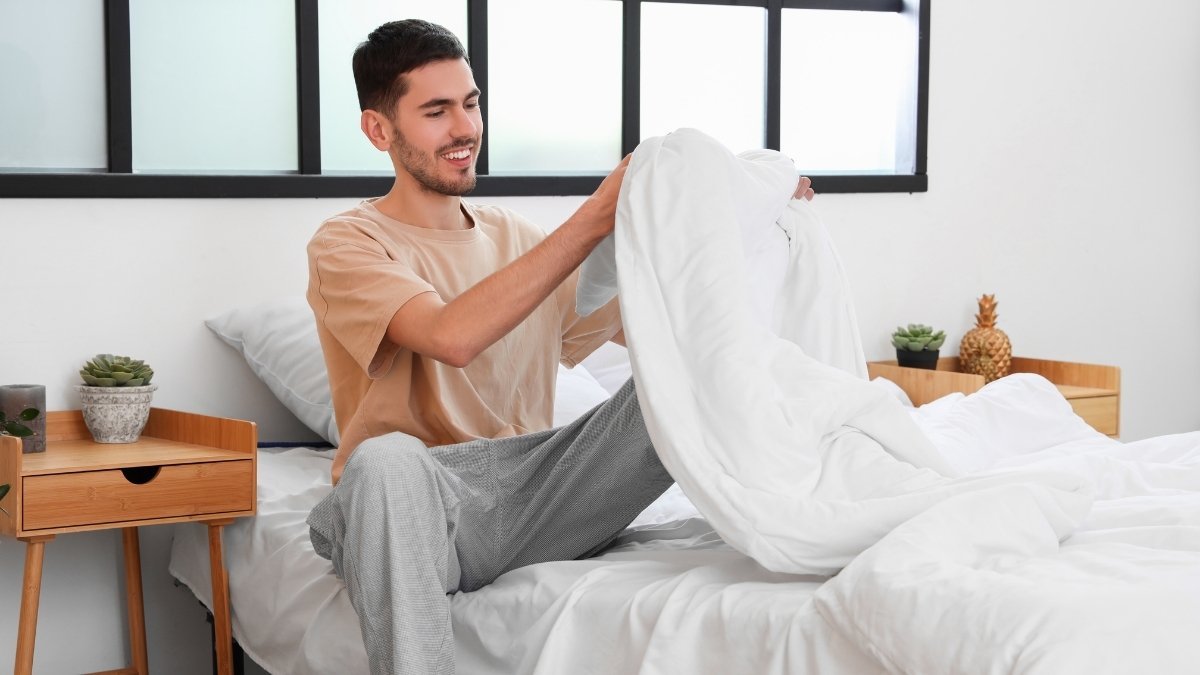
The Gist: Cortisol, the stress hormone, is the arch-nemesis of both sleep and testosterone. Its levels should be lowest at night. But if you’re stressed out, scrolling through work emails, or watching the news before bed, your cortisol can stay elevated, keeping you wired and suppressing your HPG axis.
Your Move: Build a 10-15 minute wind-down routine into your “digital sunset.” This could be meditation, deep breathing, journaling, or taking a warm bath. Anything that tells your body the day is done.
9. Rule Out the Big Stuff
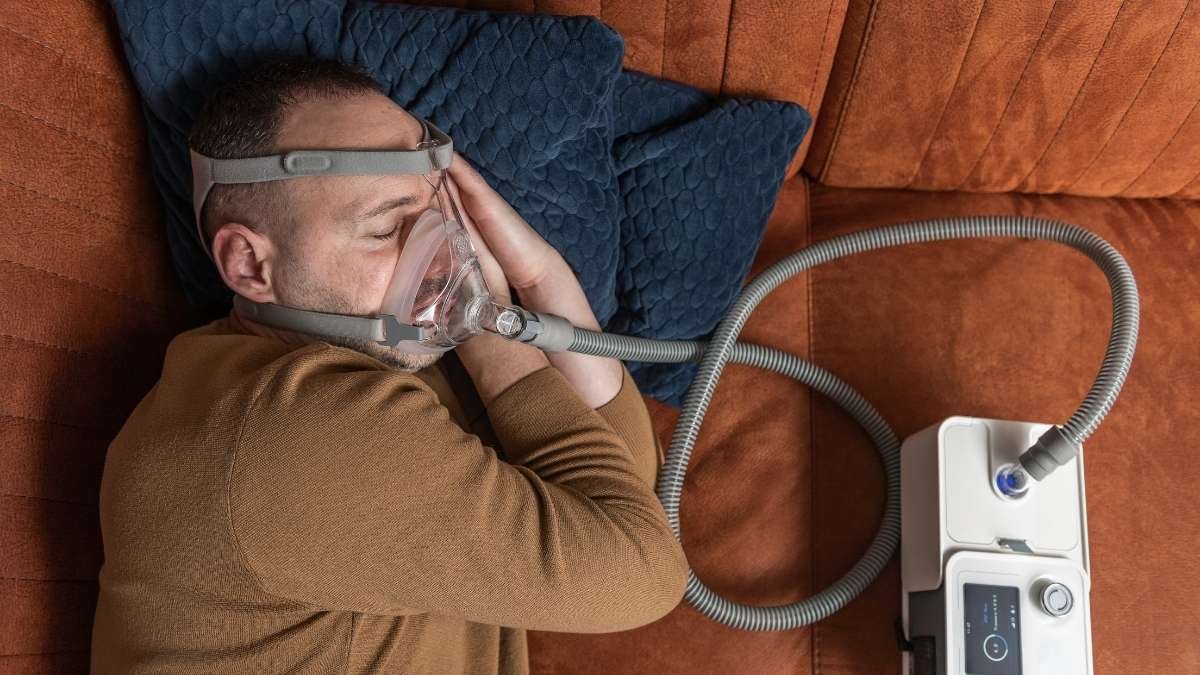
The Gist: Sometimes, despite your best efforts, there’s an underlying medical issue at play. The most common one is Obstructive Sleep Apnea (OSA), a condition where you repeatedly stop breathing for short periods during sleep. Each time this happens, your brain jolts you awake to restart breathing, completely fragmenting your sleep and crushing your testosterone production.
Your Move: If you snore loudly, wake up gasping for air, or feel exhausted no matter how long you’re in bed, please talk to a doctor. It’s a highly treatable condition, and getting it sorted can be life-changing.
A Few Tools That Might Help Your Journey
Look, changing habits is the real work, and no product is a magic bullet. But sometimes, the right tool can make building those new habits a whole lot easier. If you’re serious about upgrading your sleep environment, here are a few things that can give you an edge.
1. Sun Zero Nordic Blackout Curtains

These are a game-changer for creating that pitch-black “sleep cave.” They’re made with a thick, high-quality fabric that’s excellent at blocking out streetlights, morning sun, or any other light pollution that might be messing with your melatonin production. Creating total darkness is one of the fastest ways to improve your sleep quality.
2. MyHalos Contoured Sleep Mask

If curtains aren’t an option, or if you want an extra layer of darkness, a good sleep mask is essential. This one is a favorite on Amazon because it’s made with memory foam and has contoured cups, which means it blocks out light completely without putting any pressure on your eyelids. This is perfect for getting into deep sleep without feeling constricted.
3. Magicteam White Noise Machine

For tackling a noisy environment—whether it’s traffic, neighbors, or a snoring partner—a white noise machine is your best friend. The Magicteam is consistently rated as a top pick because it offers a wide variety of non-looping fan and white noise sounds, and it can get loud enough to mask most disturbances. This helps prevent those micro-awakenings that fragment your sleep and sabotage hormone production.
4. Benicci Blue Light Blocking Glasses

To nail your “digital sunset,” a pair of blue light-blocking glasses can make a huge difference. The Benicci glasses are a great choice because they’re lightweight, have clear lenses without a heavy yellow tint, and effectively filter the blue light from screens that suppresses melatonin. Wearing these for an hour or two before bed can help your brain get the signal that it’s time to wind down, even if you’re still looking at a screen.
5. 3 Inch Queen-Size Memory Foam Mattress Topper

Creating a cool sleep environment is crucial, and that includes your bed itself. If you tend to sleep hot, a cooling mattress topper can be a lifesaver. This one from ViscoSoft uses gel-infused memory foam to help draw heat away from your body, keeping you comfortable all night. A cooler body temperature is a key physiological trigger for deep, restorative sleep.
Busting a Few Myths (Because the Internet is Full of Bad Advice)
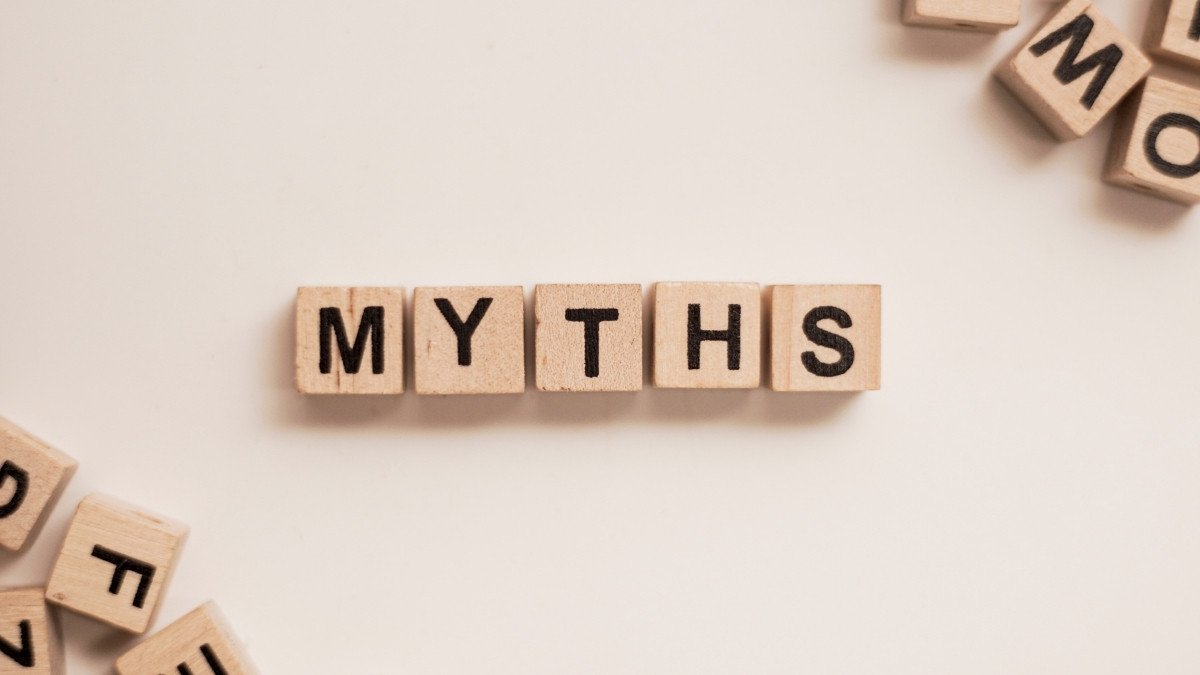
Let’s clear up some common misconceptions that might be holding you back.
- Myth 1: “I’ll just catch up on the weekend.”Reality: You can’t really “catch up” on hormone production. The damage from a week of poor sleep is already done. While sleeping in might make you feel less tired, it doesn’t instantly reverse the hormonal disruption. Your body thrives on consistency, not a cycle of debt and repayment.
- Myth 2: “As long as I’m in bed for 8 hours, I’m good.”Reality: Time in bed does not equal quality sleep. If that sleep is fragmented by noise, light, alcohol, or a condition like sleep apnea, your body never gets to the deep stages where the magic happens. It’s the uninterrupted time that counts.
- Myth 3: “Low testosterone is just an old guy problem.”Reality: Not anymore. As the Chicago study showed, a week of bad sleep can give a 24-year-old the testosterone profile of someone 10-15 years older. In our modern, chronically stressed and sleep-deprived world, lifestyle is often a bigger factor than age.
- Myth 4: “More testosterone is always better, so I’ll just take a supplement.”Reality: Your body is a finely tuned system that craves balance, not a blast of hormones. The goal is an optimal, healthy range. In fact, some studies show that very high doses of testosterone can actually worsen sleep issues like sleep apnea. Always build the natural foundation first.
Your Game Plan: How to Make This Real
Look, I get it. That was a lot of information. Trying to implement all nine habits at once is a recipe for failure. So let’s make it simple.
Start Here: The Only 3 Things to Focus on This Week
- Pick a Wake-Up Time. And stick to it. Every single day. This is your anchor.
- Get Morning Sunlight. As soon as you get up, go outside for 5-10 minutes.
- Make Your Room a Cave. Tonight, make it as dark and cool as you possibly can.
That’s it. Just do those three things for a week. You’ll be amazed at the difference it can make.
Level Up: Once You’ve Nailed the Basics
Once the first three feel automatic, add these:
- Implement the Digital Sunset. No screens for an hour before bed.
- Set a Caffeine Curfew. Nothing after 2 p.m.
- Watch Your Workout Timing. Finish up at least 3 hours before bed.
The Pro-Level Tweaks
These are the final polish for when you’re really ready to optimize:
- Ditch the Nightcap. Cut out alcohol, especially on nights before you need to perform.
- Start a Wind-Down Ritual. 10 minutes of meditation, journaling, or deep breathing.
- Get Checked Out. If you’re still struggling, talk to your doctor about sleep apnea.
The Path Forward Starts Tonight
The science is crystal clear. As the American Academy of Sleep Medicine states, “sleep is essential to health”. It’s not a passive state of doing nothing; it’s a non-negotiable biological imperative. It’s the foundation upon which your energy, mood, and hormonal health are built.
You have a choice. You can continue down the path of fatigue, caught in the vicious cycle of poor sleep and low testosterone. Or you can start building a virtuous cycle, where better sleep boosts your hormones, and healthier hormones lead to even deeper, more restorative sleep.
This isn’t about a massive, painful life overhaul. It’s about a shift in perspective. It’s about deciding to treat your rest with the same respect you give your diet and your workouts. The journey to feeling like yourself again doesn’t start in the gym or the kitchen. It starts tonight. You’ve got this.






